Photonovel - Practitioners Case Studies
- Kevin Tan

- Jun 22, 2020
- 5 min read
Updated: Jul 27, 2020
Larry Clark
Larry Clark was an American photographer and filmmaker known for his raw and unfiltered depictions of youth culture. In his teenage years, Clark started to take pictures of his friends doing drugs, marking the start of what would become his signature photographs of teenagers engaged in drug use and sexual activities. Thus, his black and white images determined him to capture overt sexuality, drug use and violence. (artnet, n.d.)
In 1971, he published an iconic photobook called "Tulsa". It is a collection of black-and-white photographs - the life of young people in Tulsa, Oklahoma. His photobook is about the real insight into youth culture and 60’s drug scene in suburban America - the lives of three-drug (type of drug) using friends from idealism and ecstasy to trauma. (Larry Clark, n.d.) Most of the time he uses photograph to tell stories and express himself. (King, 2000) His idea is somehow similar to my photonovel topic “Peer Pressure” which he photographs those kids and teenagers easily involve in pressure - with all the negative behaviour and thought. Therefore, social influence and peers play an important role towards the society.
The photographic technique that Larry Clark used was "I do a lot of burning and dodging when making a print and the use of bleach. There's no straight print in TULSA book, when I’m photographing I always try to shoot against the light - refers to the cover image from Tulsa entitled 'Dead 1970". His photographs combine the documentary style and narrative sequencing of a life magazine photo essay with startling intimacy and emotional intensity. The graphic and subject matter of his photograph has a remarkable low light photography and the extraordinary new style of subjective documentary of those images. (Larry Clark Tulsa, 2008)
The message conveys in the image
One of his photograph shows a pair of heroin users in a residential setting. The woman is the main focal point, she is reacting to a goal out of frame and making a quirky facial expression. The narrative being conveyed thought the image is that the two actors are social acquaintances, possibly in a relationship. The subject matter combined with the interactive and compositional elements work together to create a very personal moment between the actors, as if the viewer is detached from the actors and simply watching the action of the scene impersonally. Comparing the images reveals them to be vastly different. (Storr, 2015)
Anthony Goicolea
Anthony Goicolea is a New York based fine art photographer, drafter and installation artist. He is best known for his self-portraits which explore the themes of sexuality, identity and culture of origin. (Anthony Goicolea, n.d.) He use a variety of media to explores themes ranging from his personal history and identity. In addition, his photograph uses digital manipulation of self-portraits to reflect his aesthetic and conceptual vision. Most of his photograph serves as his own model by playing multiple characters who appear in the same photograph. (The Editorial, n.d.)
Anthony Goicolea uses a lot of body languages and facial expression to tell a story. This to be said the settings of his photographs help to convey the message across. This can be one of the example for my photonovel story by using one model which plays with different character.
Image composition & method
His images feature traditional, snapshot like compositions of young men attending a lakeside campground. While the photographs are decidedly more subtle and light-hearted than those, they still explore the delicate transition of boyhood to manhood and the idealization of youth. The children, once again exclusively iterations of Goicolea’s physiognomy, pose cheerfully with one another for the camera or are caught in candid, unsophisticated moments. The characters’ simplistic portrayals and cheery garb belie the series’ intimate examination of summer camp as one of the defining moments of childhood passing into maturity. The blonde and brunette pairings of young men, facing slightly away from one another and with eyes fixed on differing distant points, are here presented as a literal divergence of self from self that is precise and tangible. (A Closer Look, 2014)
Moreover, his photographic method have a specific choices when staging the images. Beyond the unique eye that captures the situation, he create the events, environments and emotion. This art form lives beyond the typical genres of photography. The staged and constructed image is so much more compelling than a serendipitous one. There are many shooters who have a good eye. They can take a mundane moment and capture it in a powerful way but an image that was created, that had its elements consciously placed and its composition arranged. (Staged Photography, n.d.)
Wolfgang Tillmans
Wolfgang Tillmans is a German photographer with his snapshot documentations of youths, clubs and LGBTQ culture. In addition, his practice has expanded to include diaristic photography, large-scale abstraction and commissioned magazine work. He mentioned that “I want the pictures to be working in both directions”. I accept that they speak about me and yet at the same time, I want and expect them to function in terms of the viewer and their experience. His diverse working style is inspired by the observations that he makes on the surroundings and the ongoing investigations of the medium of photography that he used. (artnet, n.d.)
Still Life Series
Furthermore, Wolfgang Tillmans Still Life series shows how he transformed a traditional genre into something modern. Not to mention, he has also the ability to make unnoticeable, unpleasant objects to stand out and appeal from various perspectives. He has become gifted at snapshot aesthetics and his work is genuinely democratic. It’s also a non-hierarchical depiction of what life has become today. Still Life reminds the whole world of Tillmans’ precocious talents as an artist. It also demonstrates how he transformed a genre that was mostly associated with 17th-century into something modern and democratic. (What is Wolfgang Tillmans' Still Life series all about, 2020)
One of his main aspects is that he utilize his photograph and used various medium of photography to increase attentiveness of the world around us to tell a story. Not only that he would go on to experiment with the medium of photography to expound upon the concepts of "seeing" in new ways to jostle us from the habit of taking things for granted or at merely face value, oftentimes highlighting political and social issues that were of particular concern to him (The Art Story, n.d.) Thus, his photography has inspired my photonovel story by using various medium and different perspective and approach to tell a story.
Lighter Series
Wolfgang Tillmans photographic practice a traditional classification, often blurring the boundaries between found and staged images. He starts making a cameraless photograph which means he exposes photosensitive paper directly to light and uses chemicals to fix the image. Throughtout the process he folds the paper, a sculptural gesture that results in a three-dimensional object. (Barcio, P, 2017)
The combination of the chemical process and the folding results in a unique aesthetic position. Something beautiful can happen when a human interacts with the materials and processes in an intentional yet open approach, without having a predetermined outcome in mind. Evolved to appreciate the power and potential of photographic abstract. He has developed various unconventional techniques to create intentional beauty from mistakes. (Barcio, P, 2017) This method of photograph can be one of my inspiration when I'm shooting my photonovel story. Experimenting different way and technique help me to develop a unique approach to tell my story.
Reference & Citation
Larry Clark (n.d.) found that "artnet." Retrieved from http://www.artnet.com/artists/larry-clark/biography
"Larry Clark" (n.d.) Retrieved from https://www.artsy.net/artist/larry-clark
King (2000 June 25) found that 'It was kind of a natural thing ---- Larry Clark and his camera.' Wonder why. Retrieved from https://www.tulsaworld.com/archive/it-was-kind-of-a-natural-thing------larry-clark-and/article_0d37ea15-08b9-586b-bc27-2e5face30894.html
"Larry Clark - Tulsa" (n.d.) Retrieved from https://web.archive.org/web/20080317105648/http:/museum.icp.org/museum/exhibitions/larry_clark/tulsa.html
Storr (2015 August 25) found that "VISUAL SOCIAL SEMIOTICS ANALYSIS" Retrieved from https://theoriesofviscom1.wordpress.com/2015/08/25/visual-social-semiotics-analysis/
"ANTHONY GOICOLEA" (n.d.) Retrieved from https://www.all-about-photo.com/photographers/photographer/290/anthony-goicolea
"The Editorial" (n.d.) Retrieved from https://www.theeditorial.com/essay/2017/10/19/genxer-anthony-goicolea
"A Closer Look at Anthony Goicolea" (2014 March 16) Retrieved from https://www.inthein-between.com/anthony-goicolea-closer-look/
"Staged Photography" Retrieved from https://staged-photography.tumblr.com/post/130636329977/anthony-goicolea-from-his-early-work-anthony
"Wolfgang Tillmans" (n.d.) Retrieved from http://www.artnet.com/artists/wolfgang-tillmans/
"What is Wolfgang Tillmans’ Still Life series all about?" (2020, January 22) Retrieved from https://publicdelivery.org/wolfgang-tillmans-still-life/
"The Art Story Wolfgang Tillmans" (n.d.) Retrieved from https://www.theartstory.org/artist/tillmans-wolfgang/
Barcio, P. (2017) “How Wolfgang Tillmans Used Technique to Reach Abstraction in Photography”. Retrieved from https://www.ideelart.com/magazine/wolfgang-tillmans






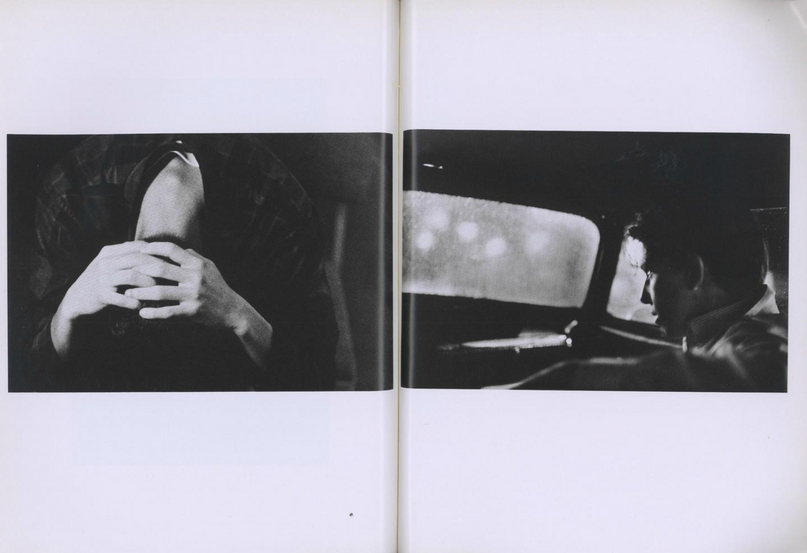
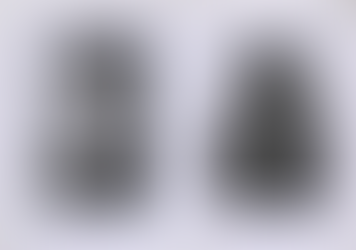














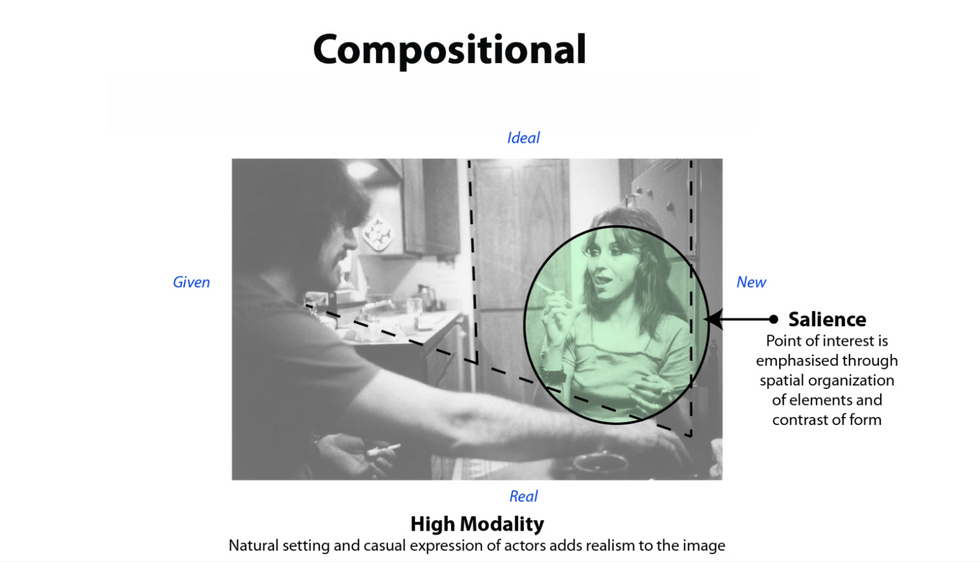



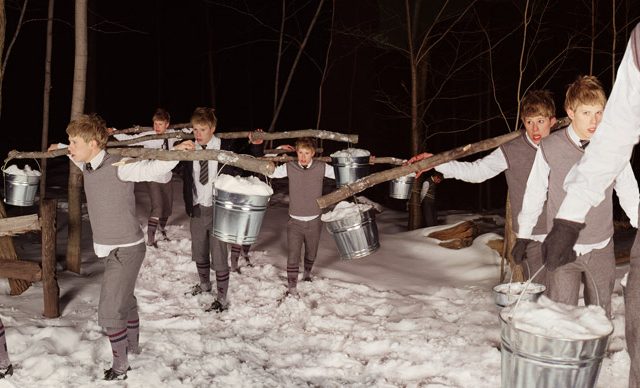



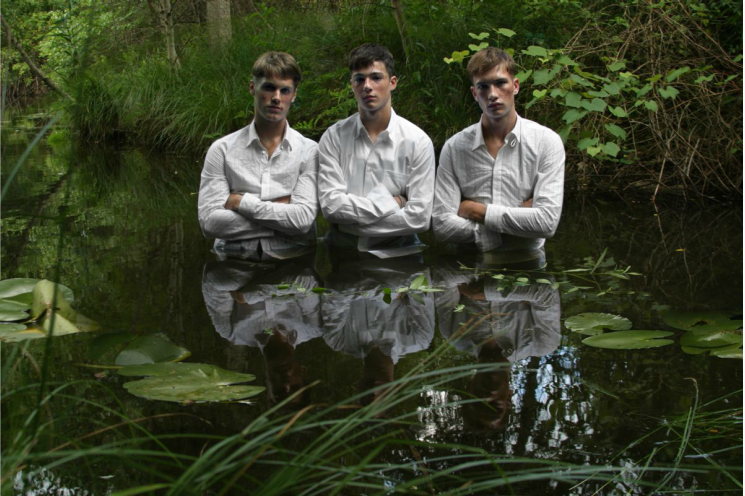





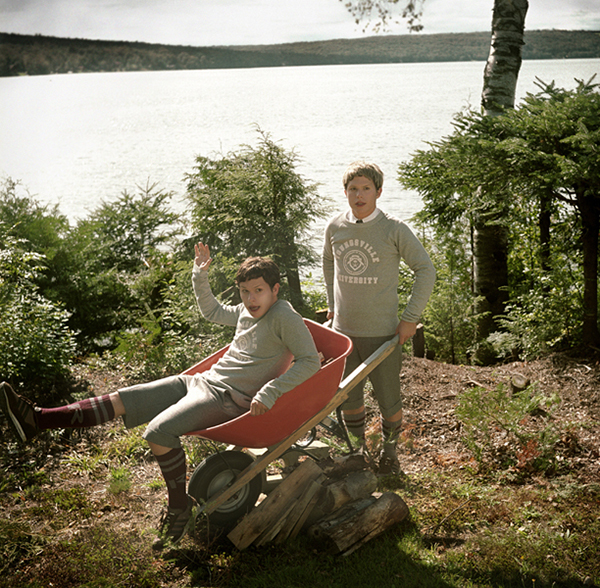























Comments